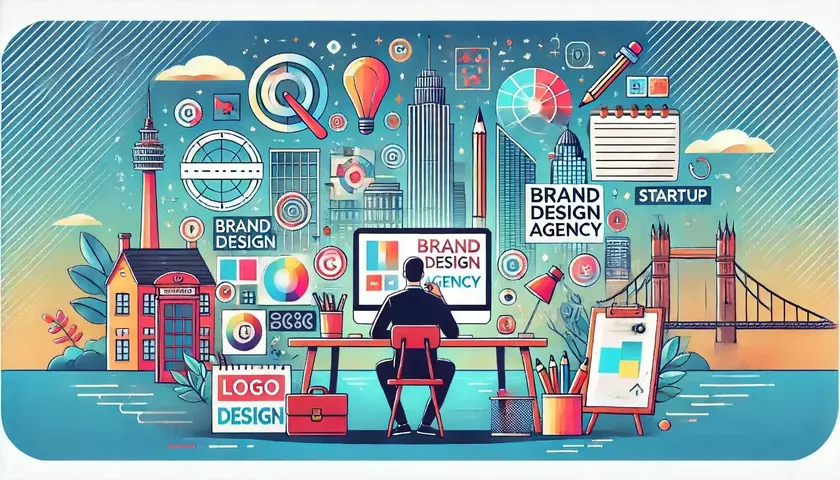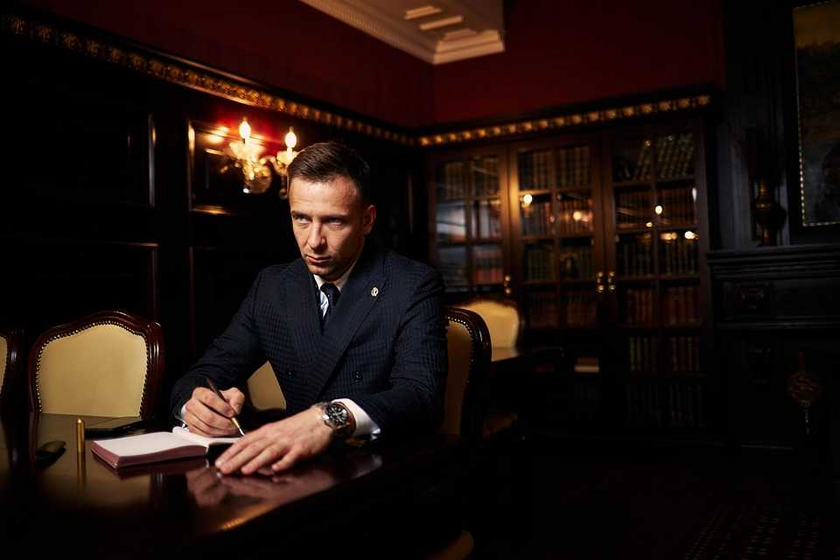As a new business owner, you’ve likely realized that creating a strong brand is one of the most critical steps in establishing your presence in the market. Your brand isn’t just a logo or a color scheme; it’s the personality of your business—the promise you make to your customers.
While you might be tempted to DIY your branding, working with an experienced brand design agency can elevate your business in ways you hadn’t imagined. And if you’re considering a London-based agency, you’ll have access to some of the best talent in the world, right in the heart of a global creative hub.
This guide will walk you through the process of choosing the perfect brand design agency, highlight common pitfalls to avoid, and provide a handy checklist to get started.
The Pros of Working with an Experienced London-Based Brand Design Agency
London is known for its diversity, innovation, and dynamic business environment. Choosing a brand design agency based in this vibrant city offers unique benefits.
What a branding design agency London can bring to the table:
World-Class Creativity: London agencies often attract top talent from across the globe, meaning you’ll work with creatives who understand international trends and can bring fresh ideas to your brand.
Market Expertise: A London-based agency will have experience working with diverse industries and audiences, making them adept at tailoring your brand to stand out in competitive markets.
Cutting-Edge Design: These agencies often set the trends rather than follow them, ensuring your brand looks modern and forward-thinking.
Comprehensive Services: From strategy and logo design to website development and social media branding, London agencies often offer end-to-end solutions tailored to startups.
Networking Opportunities: Many London agencies have connections with PR firms, marketers, and industry leaders, which can give your brand an extra boost.
Three Basic Steps to Choosing a Brand Design Agency
Step 1: Define Your Brand Goals
Before you begin your search for an agency, it’s crucial to understand what you want your brand to achieve. Ask yourself:
What story do I want my brand to tell?
Who is my target audience?
What emotions or values should my brand convey?
What deliverables do I need (e.g., logo, website, brand guidelines)?
💡 Tip: Be as specific as possible. Having a clear vision helps agencies align with your goals and propose solutions tailored to your needs.
Step 2: Research Potential Agencies
Once you’ve defined your goals, start researching agencies that specialize in branding for startups. Look for:
Portfolio Quality: Review their past projects to see if their style aligns with your vision.
Client Testimonials: Read reviews or case studies to gauge client satisfaction.
Industry Experience: Some agencies specialize in particular industries; if yours is niche, find one with relevant experience.
Location Benefits: If you’re based in or near London, working with a local agency can make in-person meetings and collaboration smoother.
💡 Tip: Don’t just rely on a glossy website. Schedule a call or meeting to get a feel for their team and how they approach projects.
Step 3: Compare Costs and Services
Branding is an investment, so it’s important to choose an agency that offers value for your budget. Here’s what to consider:
Pricing Structure: Some agencies charge flat fees, while others work hourly. Ensure their pricing model is transparent.
Service Scope: Clarify what’s included in the package. For example, does logo design include multiple revisions? Will they provide brand guidelines?
Timeline: Ask about their typical project duration to ensure it aligns with your launch schedule.
💡 Tip: Avoid choosing solely based on the lowest price. High-quality branding can pay dividends in the long run, while cutting corners might lead to costly rebranding later.
Common Mistakes to Avoid
Working with a brand design agency is an exciting process, but it’s not without its potential pitfalls. Here are some common mistakes to steer clear of:
Skipping Research: Don’t rush into a decision. Take time to compare agencies and ensure they’re the right fit for your business.
Unclear Objectives: If you’re vague about your goals, the agency might struggle to deliver a cohesive brand. Be prepared to articulate your vision.
Micromanaging the Creative Process: While your input is crucial, trust the agency’s expertise. Too much interference can stifle creativity.
Focusing Only on Aesthetics: A brand isn’t just about looking good—it’s about connecting with your audience. Choose an agency that values strategy as much as design.
Ignoring Cultural Fit: A successful partnership requires good communication and shared values. If their working style doesn’t mesh with yours, the process can become frustrating.
Quick Start Checklist for New Businesses
To make your search for a brand design agency as smooth as possible, use this checklist:
✅ Define Your Goals: Write down what you want your brand to achieve, who your audience is, and the key deliverables you need.
✅ Set a Budget: Decide how much you’re willing to invest in branding and consider long-term value over short-term savings.
✅ Research Agencies: Look for London-based agencies with portfolios, testimonials, and experience that match your needs.
✅ Shortlist Your Top Picks: Narrow down your choices to 2–3 agencies for deeper evaluation.
✅ Schedule Consultations: Meet with each agency to discuss your project, ask questions, and gauge compatibility.
✅ Request Proposals: Ask for detailed quotes and project outlines to compare services, costs, and timelines.
✅ Choose Your Agency: Select the agency that aligns with your goals, values, and budget.
✅ Establish Clear Communication: Set expectations for feedback, deliverables, and timelines to ensure a smooth process.
The Power of a Strong Brand
Your brand is often the first impression potential customers have of your business. Working with an experienced London-based brand design agency can help you craft a brand that not only stands out but also resonates with your audience.
By following these steps, avoiding common mistakes, and using the checklist as your guide, you’ll be well on your way to building a brand that truly represents your business’s vision and values.
Remember, your brand is more than just a logo—it’s the foundation of your business identity. Invest in it wisely, and you’ll set your startup up for long-term success. Good luck!



















